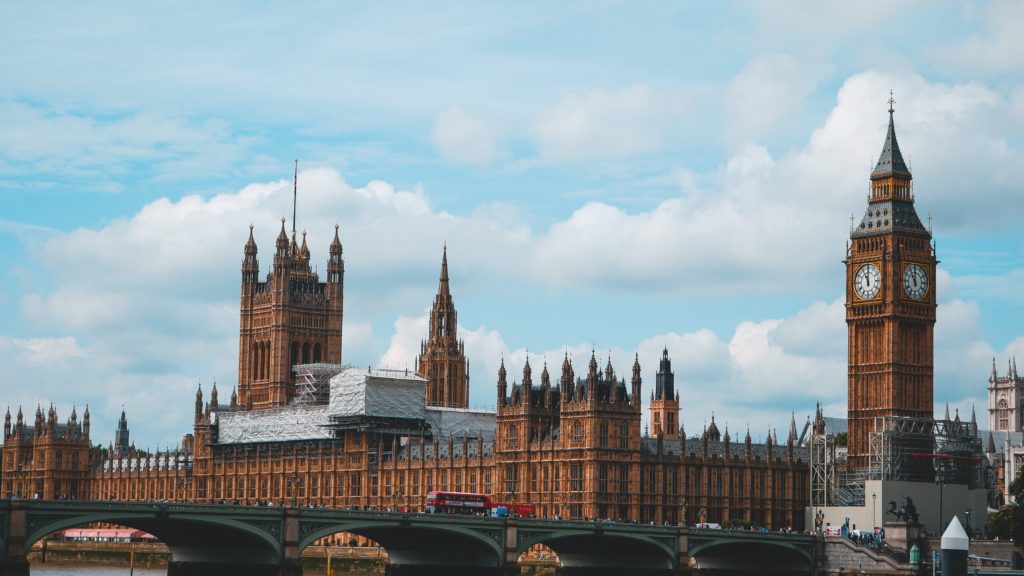
Student Violence
In London students voiced their anger at the rise in tuition fees by marching, relatively peacefully, on parliament. Pockets of violence made the front pages of the news though, with talk of riots on the streets of central London. Demonstrators threw paint at Prince Charles’ car, set alight the Christmas tree in Trafalgar Square, vandalised the statue of Winston Churchill and climbed the city’s main war memorial.
Police Violence
Police and politicians have condemned the violence and accused crowds of deviating from the agreed route for the march but many newspapers have also been critical of the policing and their tactics. While some demonstrators threw missiles, mounted police were also used to charge some protestors. It has also been claimed that some of the clashes were provoked by the police trapping marchers, sometimes for hours, in a controversial strategy called ‘kettling’.
Violence Abroad?
In Rome, meanwhile, there were almost 100 injured and the police used tear gas against demonstrators who burnt cars and threw stones, paint and eggs. The right to peaceful protest is recognised by democratic governments and any attempt to limit this should be criticised. The question is how sympathetic should we be to ‘less polite’ forms of protest especially when we compare it to what happens in other countries? And how acceptable is it for the police to use violence themselves? The police in London, for example, used horses against demonstrators and are discussing the possibility of buying a water cannon.
Glossary
1.a demonstration or a march is when people go onto the streets to show that they are not happy – they voice their anger 2.the people who do this are called demonstrators or marchers or protestors 3.when a demonstration becomes violent it is called a riot 4.in a riot you have clashes, when two sides fight or meet violently 5.to have clashes quite often one side charges (runs towards) another 6.in this scenario demonstrators often throw missiles, which could be any kind of object, or break and burn (set alight) things which is called vandalising 7.the police often use tear gas, water cannons or horses (mounted police) in these situations

